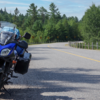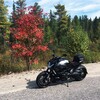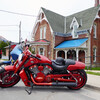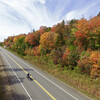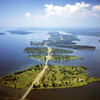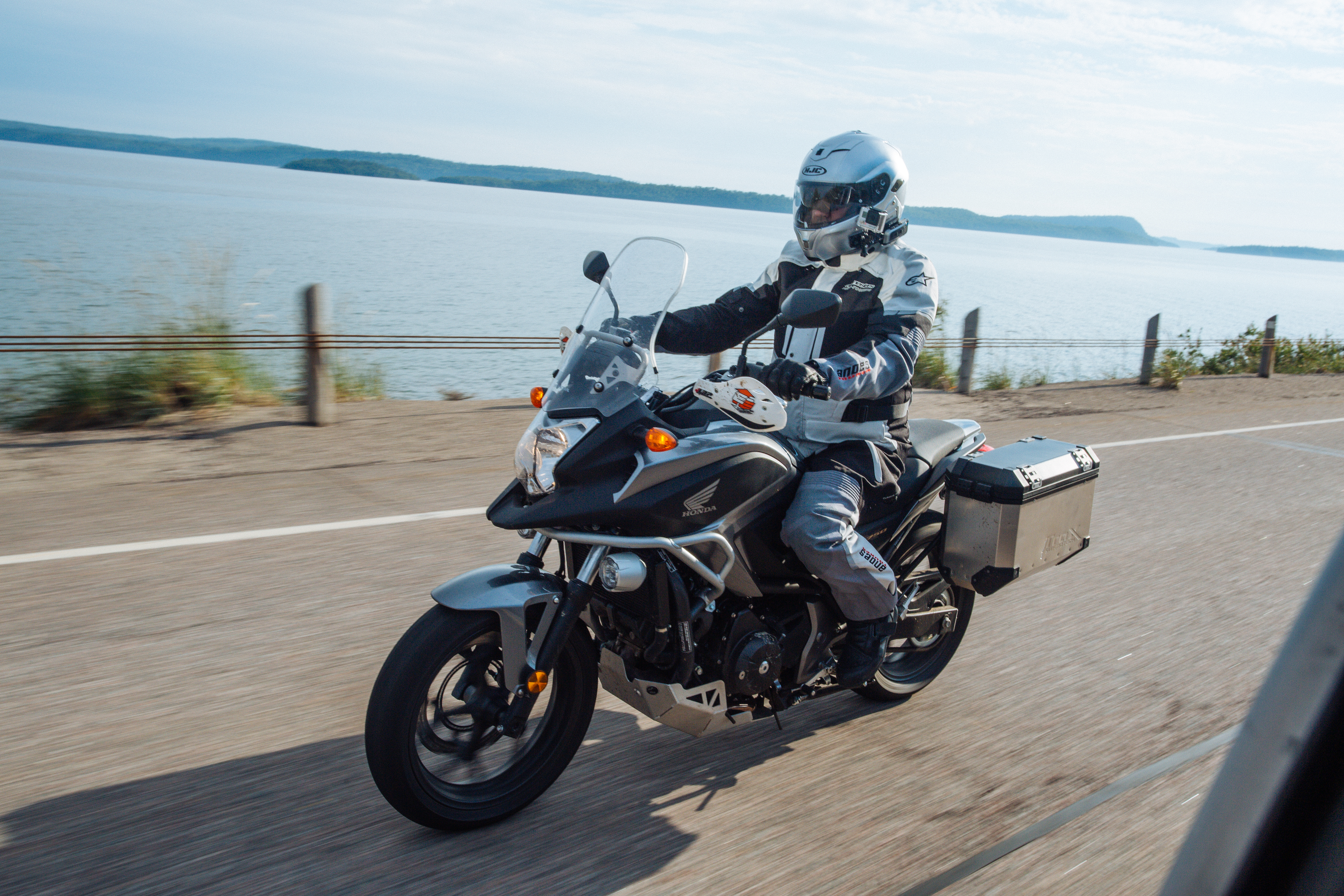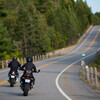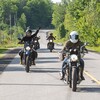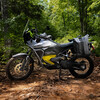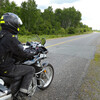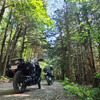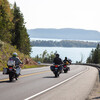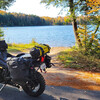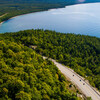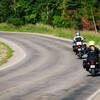
9 Steps to Becoming a Biker
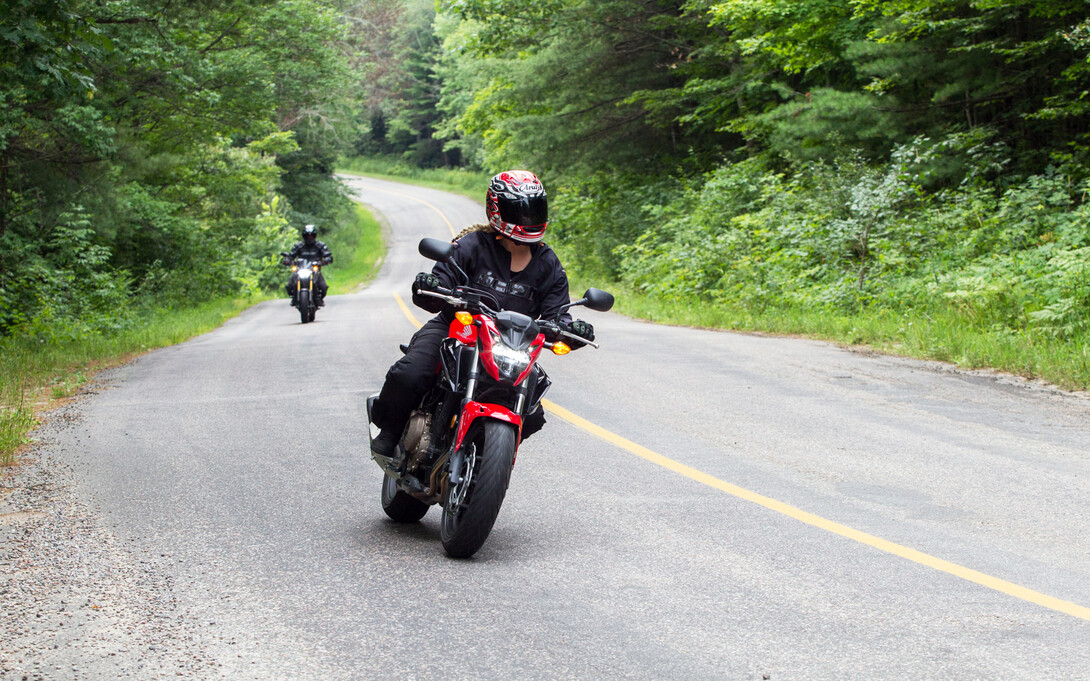
So this is the year you are going to do it, right? You are finally going to get a motorcycle! It will change your life in ways you can't imagine. I love riding motorcycles so much that I made it my career. I founded a motorcycle training school in Toronto—Motorsoul Riding School—and I also work as one of MTO and Drive Test's exclusive and specialized motorcycle examiners, training team members.
Motorcycling has changed my life, for the better. Besides upping my "cool" factor, it has given me confidence and independence, and continually gives me joy and a feeling of adventure. It also introduced me to a new and welcoming community of other passionate riders.
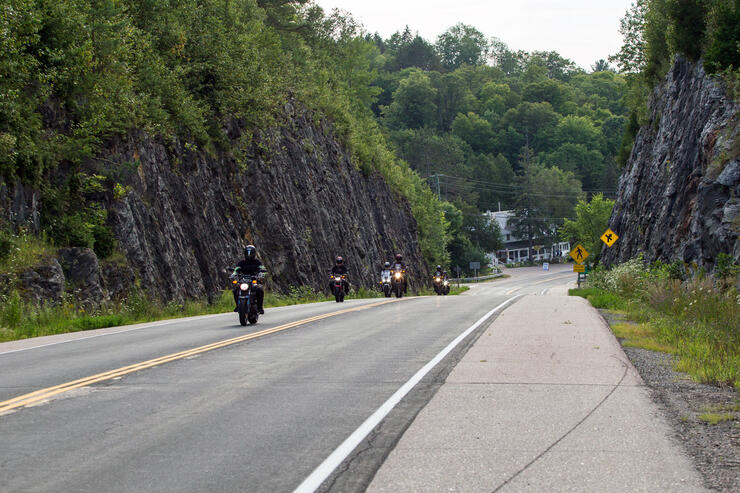
Unfortunately, there’s a lot of misinformation and poor advice circulating out there. Riding a motorcycle is fun, but without proper care and training, there can be serious consequences. Here are nine steps I've personally seen thousands of new riders use to safely guide them on the path to becoming a real rider:
1. Getting Your Motorcycle Licence
You need a motorcycle licence to legally operate a motorcycle on public streets. This is not the same as your car licence. In Ontario, it’s called an M Class licence and, with the existing graduated licensing system, it's staged so you must spend time with certain conditions before you move to the next licence stage, where the conditions are lifted. The first licence stage is the M1, the second is the M2, and the final one is the M licence.
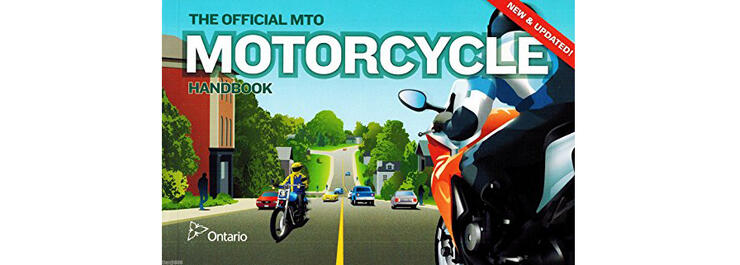
- The M1 is a 90-day permit with four conditions: zero alcohol; no highway travel over 80 kilometres (some exceptions in rural areas); you may only ride during daylight hours ; and you cannot carry any passengers. The M1 licence is a written test at an upgrading licensing facility and, to study for the test, you need to buy or read online The Motorcycle's Handbook.
- You cannot upgrade to an M2 until you have had an M1 for 60 days. The condition with the M2 licence is zero alcohol. The M2 requires a riding test that can be done either at an upgrading licensing facility or at a government-approved motorcycle safety school, such as Motorsoul Riding School where a safety course is included.
- Without an approved motorcycle safety course, you must have had your M2 for at least 22 months, or at least 18 months if you did take a safety course. A final road riding test is required for the M licence. It involves negotiating safely on highways and busy city business areas. Again, this test can be done at an upgrading licensing facility or at a government-approved motorcycle safety school along with a safety course.
2. Proper Rider Education
The most important part of your journey is your safety and that’s gained through education. I can’t stress it enough. There’s so much involved in operating a motorcycle safely. Unfortunately, many people skip this stage or think of it only as a shortcut to getting a full licence, rather than valuing the skills and knowledge they’ll gain.
I’m always disappointed when I hear someone has spent thousands of dollars on a new motorcycle, but are hesitant to pay for courses. Motorcycles are serious, powerful machines and one needs to be able to operate one safely. I surely don't need to quote statistics about motorcycle accidents, which are often a result of careless or ignorant operation of the bike and improper traffic negotiation strategies.
There are many government-approved motorcycle safety courses for the M2 and M licences in the province. The main focus of the M2 safety course is on the operational handling and control of the motorcycle, while the M safety course deals with traffic negotiation skills.
Most people develop bad habits after riding for a couple of years, so it’s essential to have a professional instructor review your skills during the M safety course and teach you some new ones. A course at an approved motorcycle school is a wise decision; however, the schools are all quite different with varying education and experience, so do your research!
3. Safety Clothing/Riding Gear
By law, a rider must at least wear a DOT helmet, which has the lowest safety rating. But what about the rest of your body?
Riding a motorcycle, you are completely exposed. Proper riding gear doesn't just protect you from injury. It also protects you from the elements and makes you more visible.
It’s important to have motorcycle-specific clothing and, with so many different options, you have to do lots of research.
Living in a seasonal country, one needs to have different clothing for each riding season (warmer clothing in the spring and fall, and cooler clothing for the summer months).
I suggest you shouldn't spend a lot of money on riding gear for your first motorcycle safety course. It’s better to borrow or rent your gear because you don't yet know what type of riding you'll be doing.
Most schools will go over the various gear options during your first course. Once you have a better understanding of all that’s available and you’re ready, there are lots of good motorcycle shops where you can buy everything you need.
4. Choosing Your First Motorcycle
Your choice of a bike can make or break your riding enjoyment and compromise your safety. What should you buy? You need a bike designed for new riders, which mostly means a lighter bike with a smaller engine.
Learning to ride proficiently takes years. You'll need to gradually build up in skill and power. I like to equate learning to ride a motorcycle to learning to pilot a plane, and you certainly don't learn to fly on a fighter jet.
People will tell you not to buy a smaller bike because you’re going to outgrow it. That is exactly the point! When you’re at the most vulnerable stage in your journey, you need a bike with less power until you learn to manage it competently.

And it's not possible to outgrow a bike in one season or even two, especially considering our short Canadian riding season. Most riders go through several bikes during their riding years, gradually increasing the power and size.
You can purchase a motorcycle at a local dealer (watch the up-sell though!) and you can also find a good second-hand bike on-line at a reasonable price.
The benefit to buying new is the latest technology, such as ABS and traction control. These are extremely valuable extras to have as a new rider and I would urge you to place them high on your "want" list.
5. Motorcycle Insurance
This is a necessary evil for any vehicle. However, motorcycle insurance is becoming very tricky as more and more companies don't want to insure bikes. As well, insurance is required for the full year, even if the bike is not in use for several months.
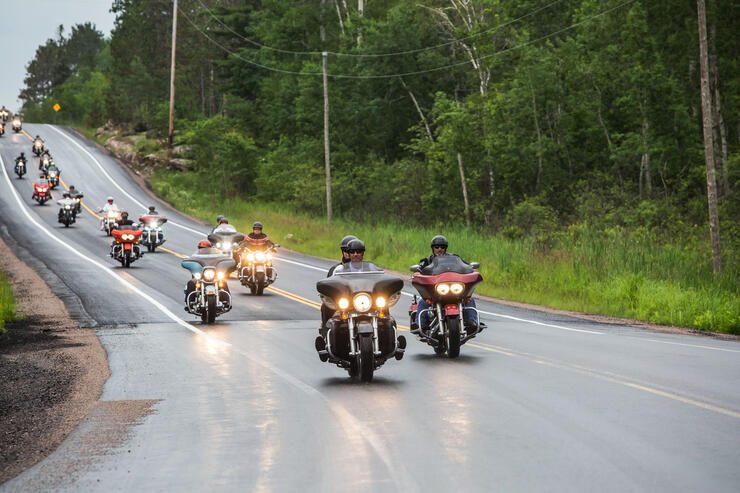
Look into the insurance rates for the specific bike you want to buy before you do. Certain bikes have very high rates. Your rate will depend on many factors, such as the size and style of your bike, your driving record, your riding experience, your location, and the history of that model.
6. Where to Ride in Ontario
Now that you have your sweet ride, where do you go? Anywhere! Just ride! It really is all about the journey, not the destination. Once you become a rider, you will find yourself taking the long way to most of your destinations.
You don't have to have a planned route, just go where the road takes you. Ontario has many wonderful riding roads that are not far away.
I was lucky enough to be able to check out some of the roads in Ontario’s Highlands last year, during a work/ride trip. Our province is beautiful and it is amazing to see its beauty on a motorcycle and breathe the fresh, clean air. To get started, I suggest checking out the Top 10 Routes in Ontario and the Top 30 Motorcycle Roads in Ontario.
7. Who Will You Ride With?
Okay, you have your bike, your gear, and you've picked a cool place to visit. Now, who are you going to ride with? Motorcycling has an amazing community that cuts through all demographics.
Whether you are a solo rider or prefer to ride with someone, this community is extremely welcoming and friendly. There are many motorcycle groups and clubs you can join.
Some riding groups worth mentioning are Out to Ride, Los Gypsies Nation, and the global female riders' collective called The Litas, of which I am a member.
There are many weekly motorcycle social meet-ups, and hundreds of motorcycle events each year, such as the Friday the 13th in Port Dover and The Motosocial in Toronto. These meet-ups are all about socializing and trading stories with like-minded riders who share your passion for riding.
8. Motorcycle Maintenance
It’s extremely important to keep your bike well-maintained. Motorcycles need a little more maintenance than cars, but they are much simpler to work on.
You can take a do-it-yourself course on motorcycle maintenance or choose a good motorcycle mechanic. If you are into "wrenching it" but don't have the tools, there are some DIY shops where you can rent space and use their equipment, such as my good pals at the friendly Moto Revere shop in Toronto.
9. Keep Learning and Keep Practicing!
It’s vital to continually seek education throughout your riding years. We can all get complacent and rusty if we don't keep up our skills. There’s no top end to riding skills - the more you put into it, the better you will become!
Seriously consider taking more courses as you continue your journey. There are lots of intermediate and advanced courses to choose from. Even a short private lesson to assess your riding and make sure you haven't developed any bad habits is a smart idea. A good rider never stops learning!
So, there you go. Happy safe and smart riding! I look forward to seeing you on the road!
Recommended Articles

Bucket List Motorcycling in Ontario, Canada 2025

Ontario's Best Twisties: Five Roads to Get Your Lean On

The Big Belly Tour—A Complete List of Ontario's BBQ Joints

It's Bike Night in Ontario 2024

Ontario's Top Twisties
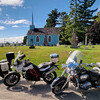
Have You Ridden Canada's OG Highway? Here's Why Every Rider Needs to Hit Up Historic Highway 2

23 Amazing Photos That Prove PD13 Is Still The Best Motorcycle Event Ever

Motorcycle Swap Meets in Ontario—The Complete List for 2025

And a Vespa shall lead them all...
